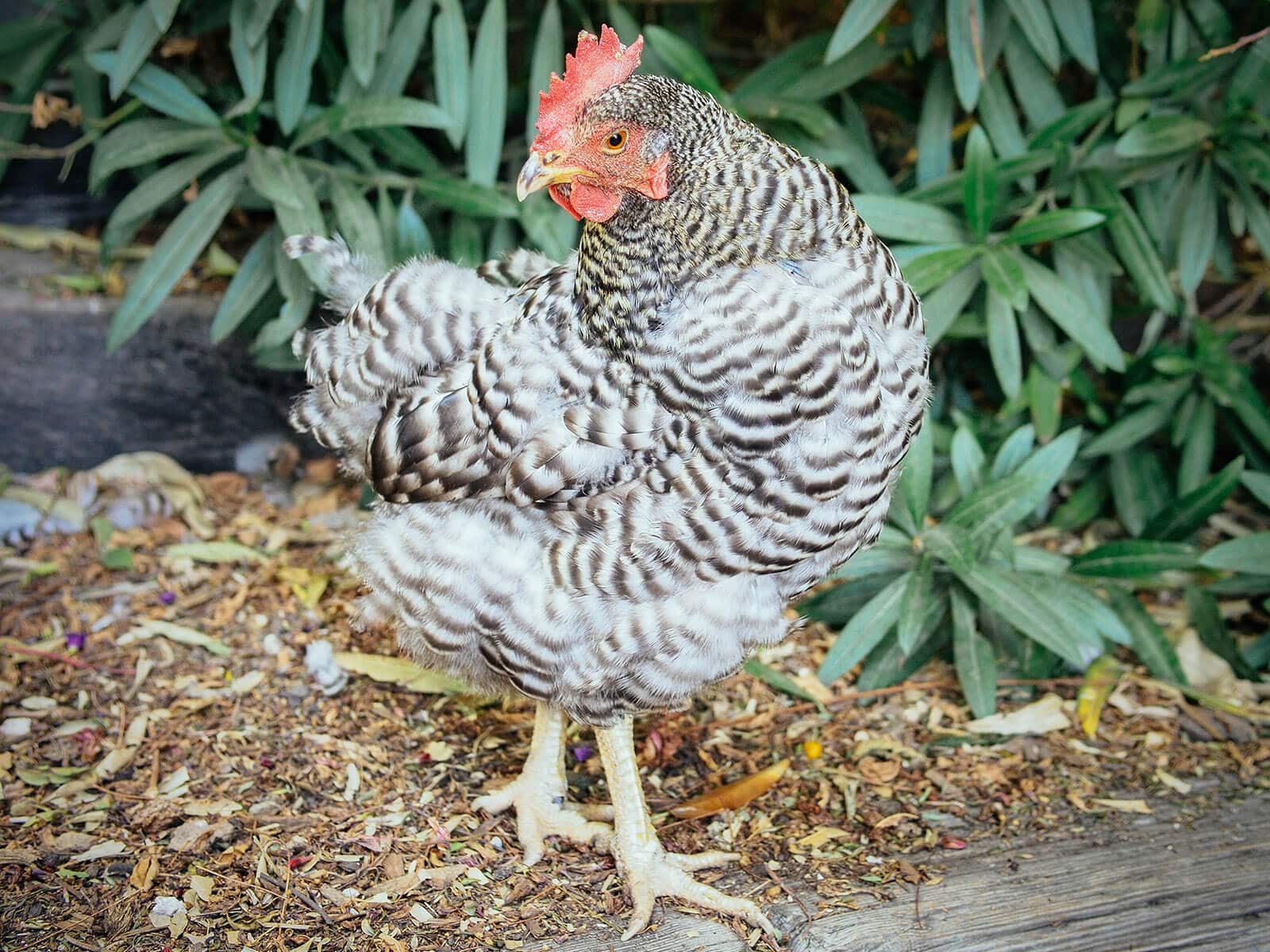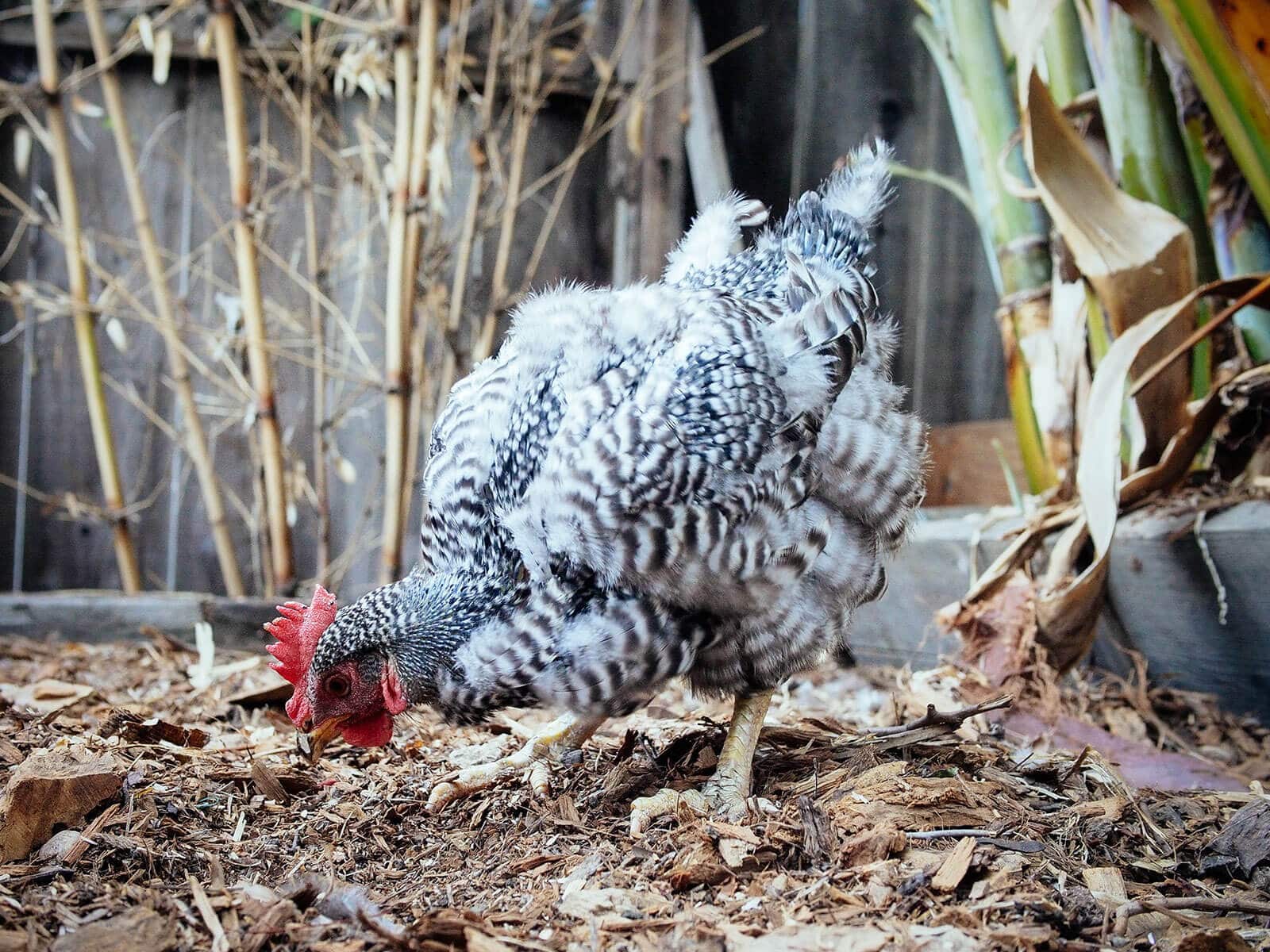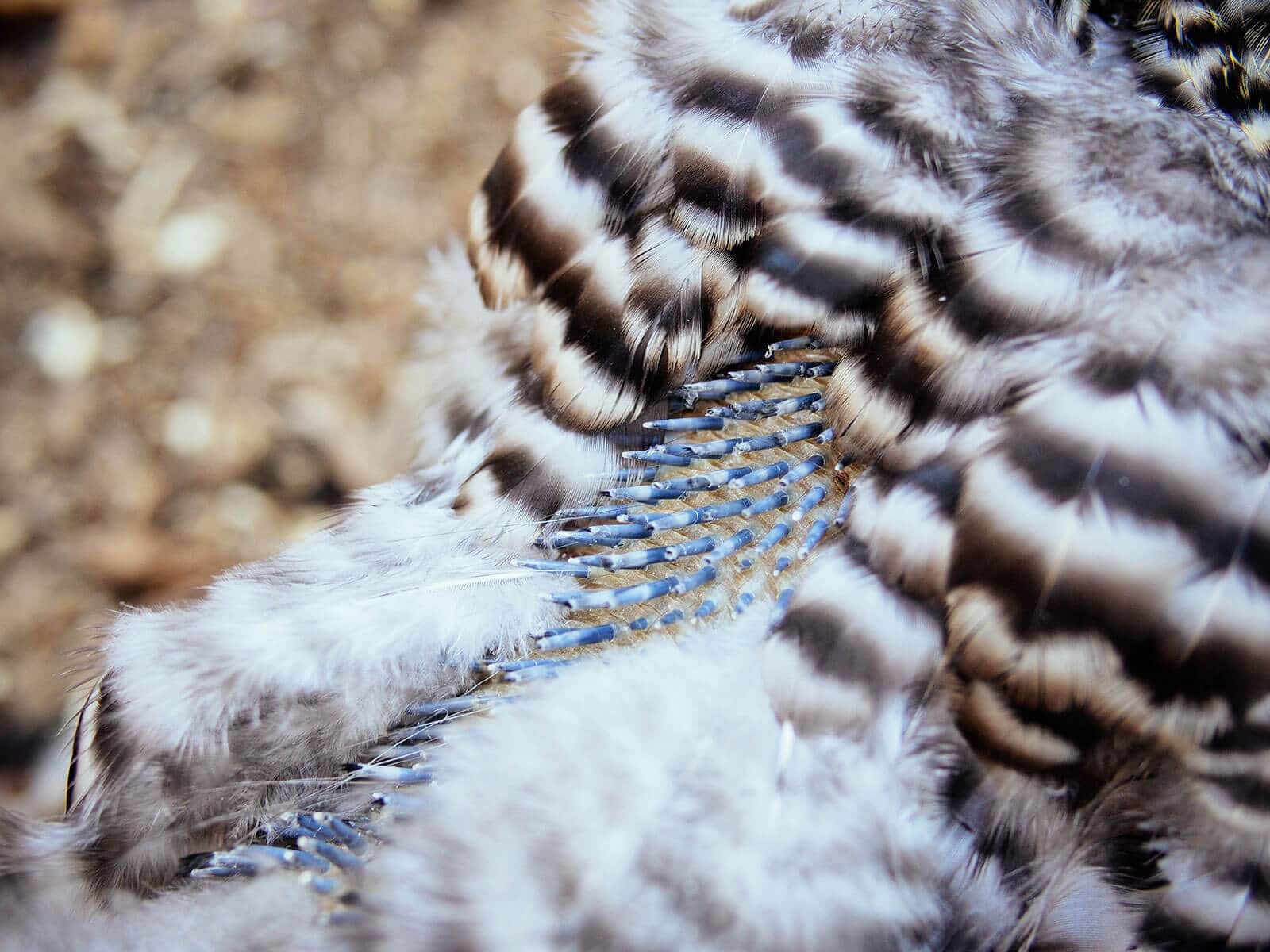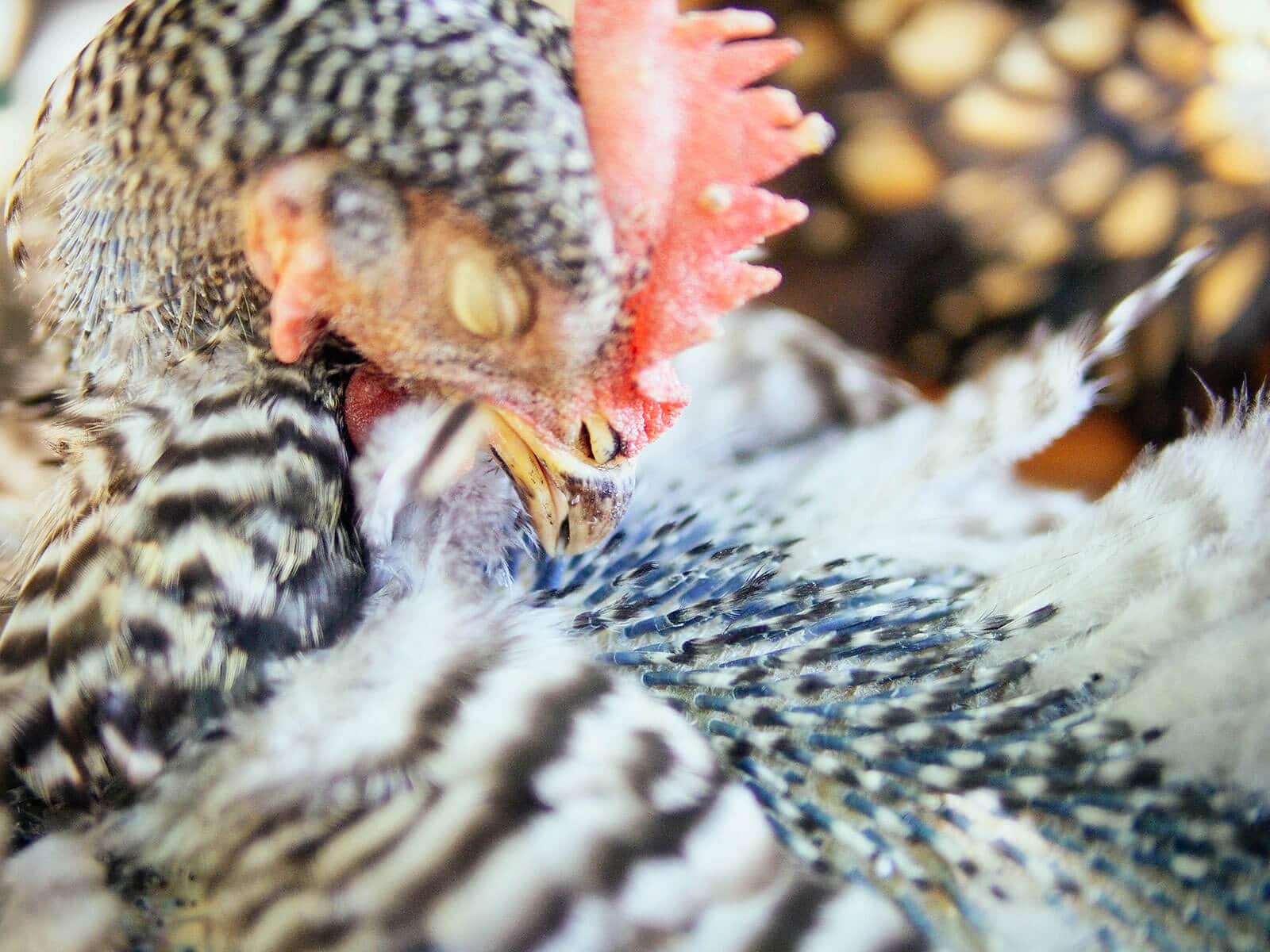What Does a Molting Chicken Look Like? A Complete Visual Guide
Molting is a natural process that chickens go through every year to renew their feathers. As the days get shorter in late summer and fall, chickens will start dropping old, worn out feathers and growing in new ones to help protect them from the cold winter months ahead
While molting can look a little strange and alarming at first it’s completely normal chicken behavior. In this article we’ll walk through exactly what a molting chicken looks like so you know what to expect when your flock goes through their annual molt.
When Does Molting Start?
Molting is triggered by the decreasing daylight hours in late summer and early fall. Most hens will start molting when they are 15-18 months old and will molt yearly after that. However, the exact timing can vary:
-
In northern regions, molting typically starts in September/October as days get shorter
-
In southern regions with less seasonal variation, the molt may correlate more with rainy/dry seasons.
-
Some chickens naturally molt earlier or later than others depending on the breed.
-
Stressors like illness, injury, or environmental changes can also induce molting at odd times.
Early Signs of Molting
The earliest signs that a chicken is starting a molt are:
-
Lots of small, downy feathers around the coop and run from the light shedding that precedes heavier molting.
-
Bald patches appearing on the neck, chest, and back as feathers start falling out. Pin feathers may be visible in bare spots.
-
Decreased energy, appetite, and egg production as the chicken’s metabolism shifts focus from laying eggs to growing feathers.
What Does a Molting Chicken’s Body Look Like?
As the molt progresses, you’ll notice increasing feather loss:
Head and Neck
-
The head is often the first place a molt starts. Facial feathers like the comb, wattles, earlobes may look small and pale.
-
Neck feathers will thin out and fall off, exposing large bare patches of skin.
Chest and Body
-
Chest feathers are also lost early on, making the breast appear naked.
-
Back, belly, and wing feathers start dropping next, though body feathers tend to molt more slowly.
-
Pin feathers (which resemble quills or thin needles) emerge through the bare skin in patterns. They initially have a waxy coating and blood supply.
Legs and Feet
-
Fluffy feathers on the lower thighs, legs, and feet thin out and shed off.
-
Larger feathers on the upper thighs and around the vent are lost.
-
Hard-molting chickens may end up with completely bare legs and feet at the peak of their molt.
Wings
-
Primary flight feathers at the tips of the wings tend to be replaced first.
-
Secondary wing feathers closer to the body are replaced next.
-
Chickens may have mismatched old and new feathers on their wings during molting.
Tail
-
Tail feathers tend to be replaced last in the molting sequence.
-
A molting chicken will often end up with a very short, raggedy, uneven tail.
-
Some chickens lose all tail feathers completely before new ones fill in.
What Does a Molting Chicken’s Feather Regrowth Look Like?
As pin feathers grow in, you’ll notice:
-
“Spikes” or needle-like shafts emerge from the skin, most visible on bare areas like the neck, chest, and back.
-
Pin feather tips are encased in a waxy coating that chips off as they develop.
-
The waxy tips loosen and feather shafts become more visible. They may look fuzzy or furry initially.
-
Eventually pin feathers lengthen and shed the waxy sheath to unfurl into normal feathers.
-
Fresh new feathers will be bright, glossy, and fluffy compared to old ragged ones.
-
It takes 4-6 weeks on average for new feathers to fully regrow, longer in hard molts.
Molting Sequence
Chickens tend to molt in a predictable order:
-
Head and neck feathers are replaced first.
-
Chest, back, wings, and body feathers molt next.
-
Tail feathers are lost and regrown last.
This sequence allows them to maintain the most critical feather coverage (body and wings) during the lengthy molting period.
What Does a Hard vs. Soft Molt Look Like?
Chicken molts range from “hard” molts where chickens lose significant plumage to “soft” molts with minimal feather loss:
Hard Molt
-
Widespread loss of feathers, leaving the chicken with large bald patches of exposed skin.
-
Prominent spiky pin feathers emerge all over – chest, back, wings, thighs, even legs/feet.
-
May become near featherless before new plumage fills in, aside from wing and tail stubs.
-
Takes the longest to fully regrow feathers – typically 3-4 months.
Soft Molt
-
Feather loss happens gradually with few or no completely bare spots.
-
Pin feather growth blends in well with existing plumage.
-
Often hard to notice molting aside from seeing more feathers in the coop.
-
Replacement happens subtly as old feathers drop out and new ones emerge.
-
Much quicker than a hard molt – may only take 4-6 weeks.
What Causes Hard vs. Soft Molts?
-
Breed – Some breeds like Cochins and Brahmas naturally have harder molts.
-
Age – Older hens tend to have harder molts than younger ones. First molts are often soft.
-
Health – Chickens in poor health will molt more severely.
-
Stress – Environmental stressors can contribute to hard molts.
-
Weather – Preparing for cold winters results in harder molts.
What Does a Rooster Look Like When Molting?
Roosters molt on the same seasonal schedule as hens. However, some unique aspects of a molting rooster include:
-
Larger combs and wattles will become pale, shriveled and diminished in size temporarily.
-
The hackle (neck) feathers shed off first, making the head appear bald.
-
Long saddle and sickle tail feathers tend to break off and look raggedy before being replaced.
-
Roosters may stop crowing as frequently when molting.
-
Bright red coloration around the head, comb, and wattles will fade but return with new growth.
-
In young roosters under a year old, the first molt brings in their long, adult tail feathers.
How Long Does Molting Last?
The duration of a chicken’s molt depends on several factors:
-
Breed – Some breeds molt faster than others. Laying breeds tend to molt quicker.
-
Age – Younger chickens’ first molt may only last 1-2 months. Older hens take longer.
-
Type of molt – Soft molts can be as short as 4-6 weeks. Hard molts run 3-4 months.
-
Health – Unhealthy chickens have prolonged molts.
-
Diet – Nutrition impacts regrowth time. High protein feeds speed molting.
-
Environment – Heat, cold, or stress slows the process.
Molting Tips and What to Expect
Now that you know what a molting chicken looks like, here are some tips for getting your flock through this annual process:
-
Add protein sources like mealworms or meat scraps to help grow new feathers.
-
Avoid stressors like coop moves, new birds, diet changes, etc.
-
Provide a draft-free coop and extra winter insulation/heating.
-
Check chickens for injuries as new pin feathers are sensitive.
-
Apply Hen Saddle if needed to protect from rooster damage.
-
Expect decreased egg production, energy, and appetite.
-
Know that molting chickens may behave reclusively.
-
Wait patiently – molting can’t be rushed but pin feathers indicate regrowth underway!
The sight of your chickens dropping feathers left and right can look a little scary at first. But understanding the molting process and visual stages will help you properly identify and care for your molting flock. Be patient with your bald buddies – before you know it, they’ll have luxurious new plumage to get them through winter!

How a chicken knows when it’s time to molt
All birds are born with a circadian clock—an internal time-keeper, you might call it. This circadian clock tells the bird the right time to lay, the best time to molt, and in some species, the proper time to fly south for the winter.
Throughout a bird’s life, the circadian clock adapts itself to the environment and falls in rhythm with not only the amount of light present in any given season, but also the intensity of that light.
This is why birds living along the equator still molt, despite the days and nights staying consistent year-round. Tropical climates all have wet seasons and dry seasons, with subtle changes in the intensity of sunlight that the birds are sensitive to.
The circadian clock is located in a bird’s pineal gland near the front of the brain. The pineal gland is “wired” to the eyes, which helps the bird perceive light. It’s the same organ responsible for the drop—and renewal—of egg production in fall and spring.


Stage 2 of molting
You might notice in your hens that the shafts start out as tiny nubs as they’re “pushed out” of the follicles, then become very spiky with a tightly rolled appearance.

As the shafts grow longer, the waxy casing loosens and the shafts take on a “furry” look as the feathers start to emerge from the tip. Oftentimes, a chicken will pull the shafts off her new feathers while she’s preening herself.



What You Need to Know About Molting Chickens
FAQ
How can you tell if a chicken is molting?
A chicken is likely molting if it’s losing feathers, has bald spots, and new feathers are growing in. You might also notice duller combs and wattles and a reduction or cessation of egg laying.
How long does a molt last for a chicken?
Backyard chickens often begin molting in the fall. Molting lasts 8 to 12 weeks and can cause a decrease in egg production. A high-protein feed can help molting chickens with feather regrowth. For backyard chickens across the country, shorter days often signal time for a break.
Is my chicken molting or being picked on?
It can be tricky to tell if a chicken is molting or being picked on, but here’s how to differentiate: Molting chickens will have a gradual, even loss of feathers, often with new pin feathers emerging.
What does a chicken’s first molt look like?
The first molt is called a “juvenile” molt and occurs when they are only 6 – 8 days old. During this molt, the baby chickens actually lose their downy covering to replace it with actual feathers.
